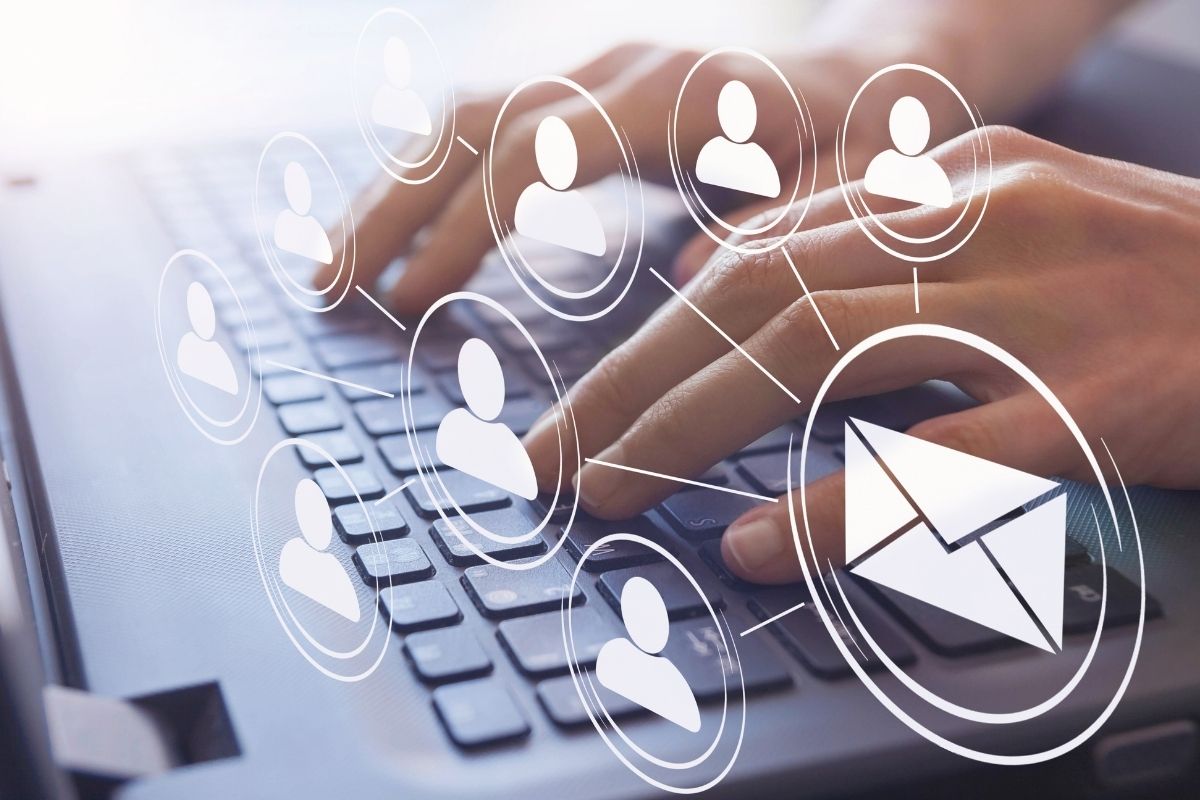
What is Automation in Email?
Email automation allows you to send emails or email sequences based on specific actions, known as triggers. These are a fantastic way to reach your customers at exactly the right time.
These include order confirmation emails, product recommendation emails, feedback request emails and more. Learn how to use them effectively in your next email campaign.
Welcome Emails
Email automation helps you set up a sequence of emails that automatically send to your new subscribers when they meet specific criteria (known as triggers). For example, you can send a welcome email after someone subscribes to your list or when they purchase a product. These automated emails are designed to build a relationship with your audience and turn them into loyal customers.
The welcome email can include a coupon code, social proof (like a lot of the examples on this page), and other enticements that will encourage new subscribers to engage with your business. The first email in a welcome series should also share your brand’s value proposition and give new customers an idea of what to expect from your emails.
For example, this welcome email from Stacking the Bricks shares a quick story about how the company helps its creators. This emotional connection to the audience makes them feel like they belong to a community, and builds loyalty.
Another great way to increase your email conversions is by using automated emails to gather feedback and testimonials from your customers. You can set up email campaigns that will ask your customers for reviews after a certain period of time, or on their anniversary of signing up with you (like Spotify does). Emails like these generate trust and build relationships with your audience, and can also encourage customer retention.
When it comes to ecommerce email marketing services, we know that automations drive the most potential revenue from your email list.
Transactional Emails
Transactional emails are email messages that are sent automatically in response to a specific user action. Examples of these emails include account alerts, password reset requests and order confirmations. Transactional emails present a massive marketing opportunity because they are sent regardless of opt-in status and are expected by subscribers. In fact, according to the Email Marketing Institute, transactional emails are opened at rates 8 times higher than marketing emails.
When used effectively, a well-designed set of transactional emails can create excitement about your business and encourage your subscribers to engage with your brand again. For example, if a subscriber purchases a new product or service from your company, you could send them an email with additional guidance or recommendations that enhance the experience.
Another great use for transactional emails is to ask for feedback. This is an especially effective way to get a reaction from customers who have just interacted with your brand and are still highly engaged. Email automation tools like Brevo can help you build out automated email sequences that ask for and display customer feedback in the form of surveys or polls.
Transactional email campaigns can also be used to cross-sell or up-sell products or services to existing customers. For example, if a subscriber adds a grooming kit to their cart after purchasing a razor subscription, they can receive an automated email offering them a discount on the complementary products. However, it’s important to remember that transactional emails must comply with anti-spam laws (like CAN-SPAM in the US and CASL in Canada) and GDPR in the EU.
Re-engagement Emails
When email marketers identify inactive or dormant customers, they can create a re-engagement automation sequence. These emails are designed to remind these contacts of their relationship with the brand and increase their value to the company.
Using advanced segmentation is key when creating re-engagement campaigns. These automated emails should be sent to specific groups of users based on factors like when they last interacted with the brand or their purchasing history. This will help to keep the content relevant and prevent users from becoming overwhelmed with content they may not be interested in.
To get the best results from re-engagement campaigns, email marketers should include a clear call to action. This should be placed within the subject line of the email, where it can be easily seen. It’s also important to make the call to action specific and actionable. For example, a re-engagement email from Bonobos might include a link to “Stay Subscribed” with a button that directs users to their preferred account settings.
Another way to increase the effectiveness of re-engagement campaigns is by adding in emotional elements. This can be done by using emojis or by including a call to action that uses emotionally-charged language. For example, 9clouds included a sad doggo in their re-engagement campaign to prompt subscribers to win back their relationship with the brand.
Follow-Up Emails
Follow-up emails are used to re-engage with prospects who may not be ready to buy at the moment. They keep you top of mind and give you a better chance to win their business when they are ready to make a purchase.
When writing a follow-up email, it is important to think about the objectives you want to achieve from this particular email. This could be anything from getting them to respond with the information you requested, scheduling a call, asking for feedback on something they clicked on or even converting them into a paying customer.
Once you have an objective in mind, create a catchy subject line that is eye-catching and entices them to open the email. Then write a brief but effective message that has value and is relevant to them. Finally, determine the best time to send the email based on their circumstances while still being timely and not annoying them.
With automation, you can set up follow-up emails based on specific interests your audience has indicated in your newsletter or other content. For example, if a subscriber clicks a link for an upcoming sales webinar, you can tag them with the interest “Sales”. You can then use this data to tailor future campaigns to their needs. This is one of the best ways to personalize your follow-up emails without the extra work.



